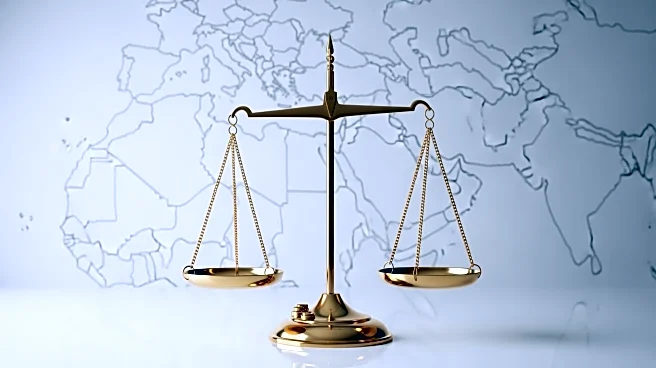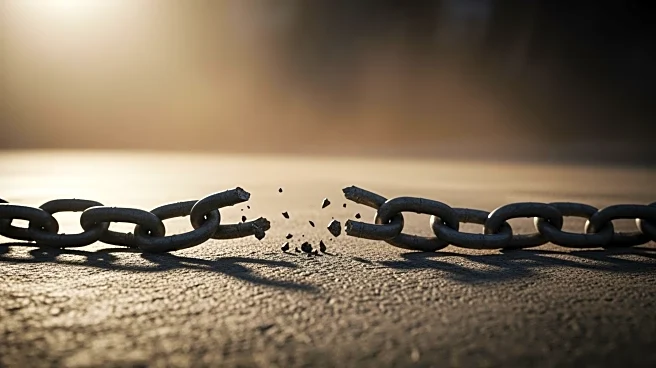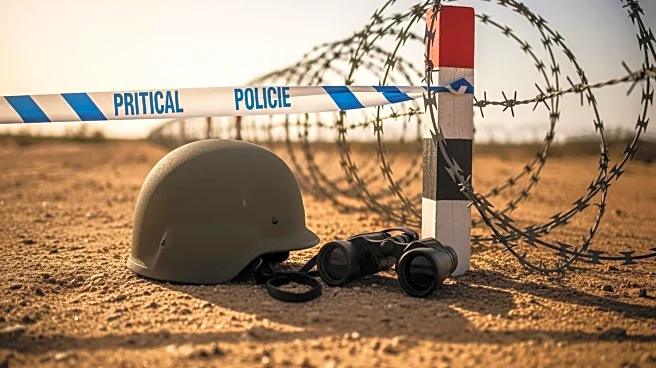What's Happening?
The Israeli Defense Forces (IDF) have reported that Hamas still maintains a force of approximately 20,000 fighters and access to a significant arsenal of weapons, including missiles capable of reaching central Israel. Despite the IDF's efforts over the past
two years, which resulted in the deaths of over 22,000 Hamas militants and the dismantling of much of its military infrastructure, Hamas has managed to replenish its ranks. The IDF estimates that only 25% of Hamas' tunnel network has been destroyed, although they claim the most critical tunnels used for attacks and weapons manufacturing have been targeted. Prior to the conflict, Israel estimated Hamas' strength at 30,000 fighters, organized into 240 battalions. The IDF describes Hamas' military capabilities as more akin to a guerrilla group than a conventional army.
Why It's Important?
The persistence of Hamas' military capabilities poses ongoing security challenges for Israel and complicates efforts to maintain peace in the region. The ability of Hamas to quickly replenish its ranks and maintain access to weapons underscores the group's resilience and the complexity of achieving a lasting resolution to the conflict. This situation has significant implications for regional stability and could influence U.S. foreign policy and military aid decisions. The continued presence of a well-armed Hamas also affects the humanitarian situation in Gaza, as the group exerts control over the territory and its population. The international community, including the U.S., may face pressure to address the underlying issues that allow such groups to sustain themselves.
What's Next?
As Hamas focuses on regrouping and re-establishing control over Gaza, it remains uncertain whether the group will comply with international demands, including those from President Trump, to disarm and cede power as part of the current cease-fire agreement. The situation may lead to further diplomatic efforts or military actions if Hamas continues to pose a threat to Israel. The international community will likely monitor the situation closely, with potential implications for future peace negotiations and humanitarian aid efforts in the region.
Beyond the Headlines
The ongoing conflict and the resilience of groups like Hamas highlight broader issues related to governance, economic conditions, and social dynamics in the region. The ability of such groups to recruit and maintain support is often linked to local grievances, including poverty, lack of education, and political disenfranchisement. Addressing these root causes may be essential for achieving long-term peace and stability. Additionally, the situation raises ethical questions about the impact of military actions on civilian populations and the responsibilities of international actors in conflict resolution.













